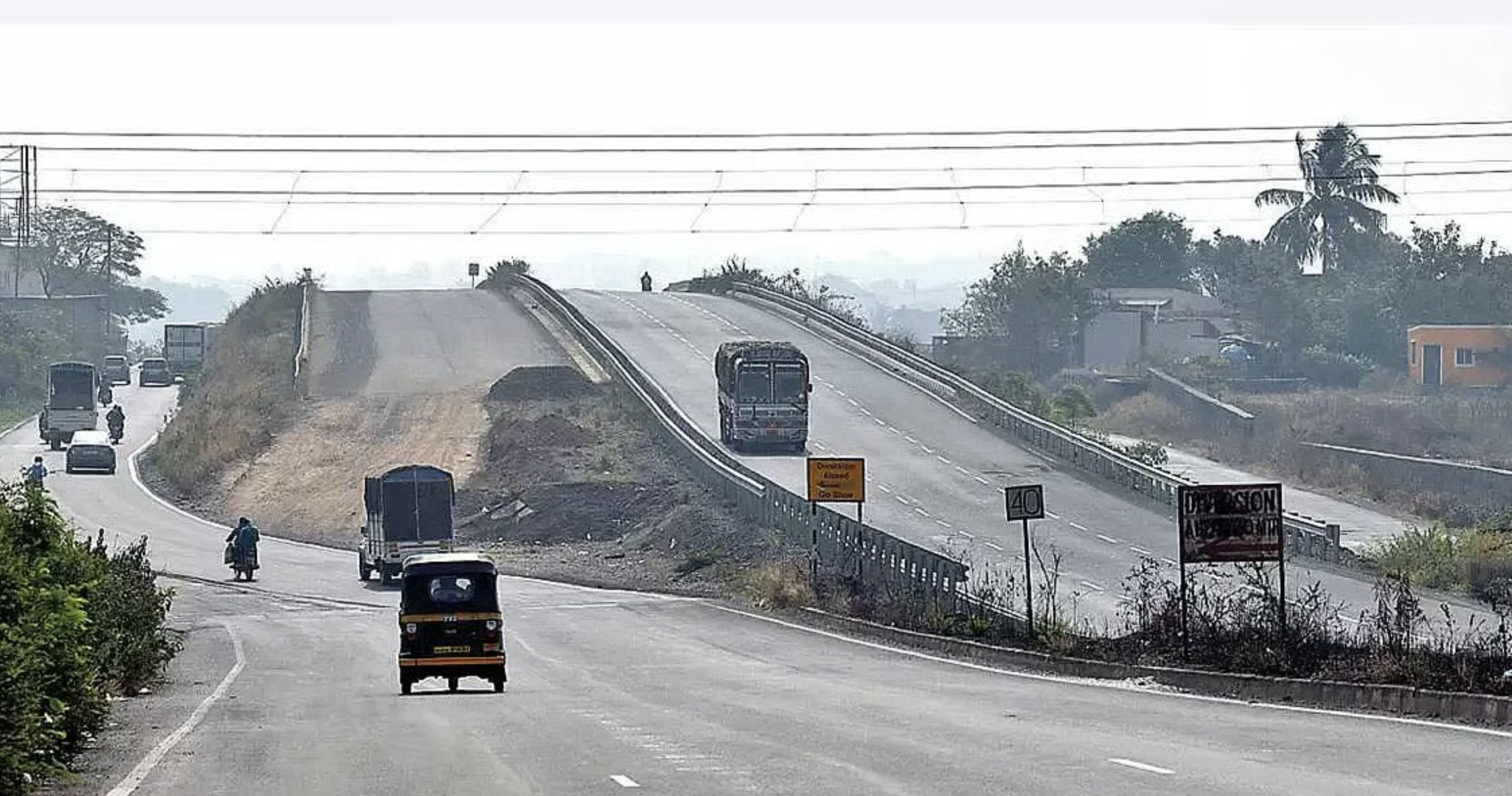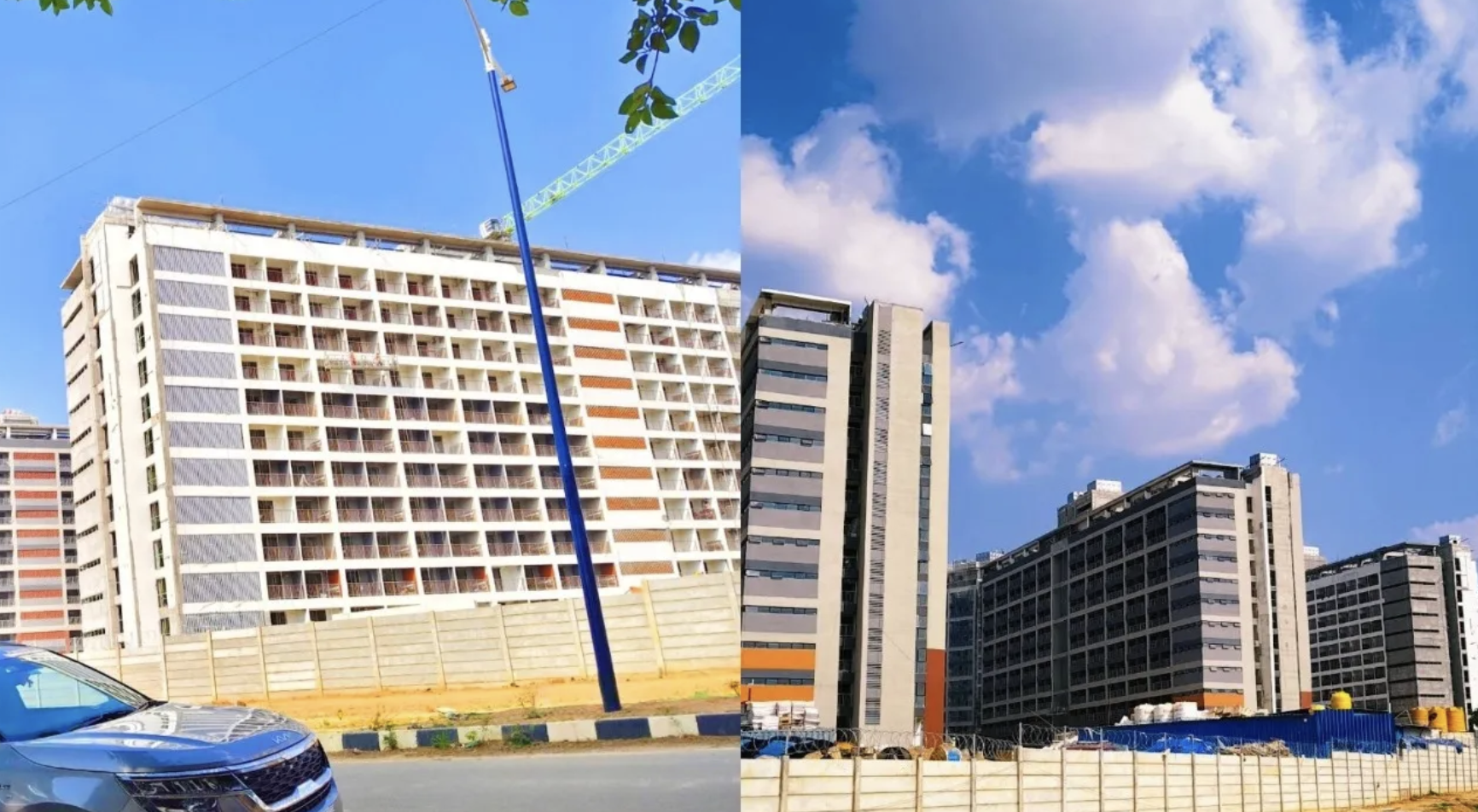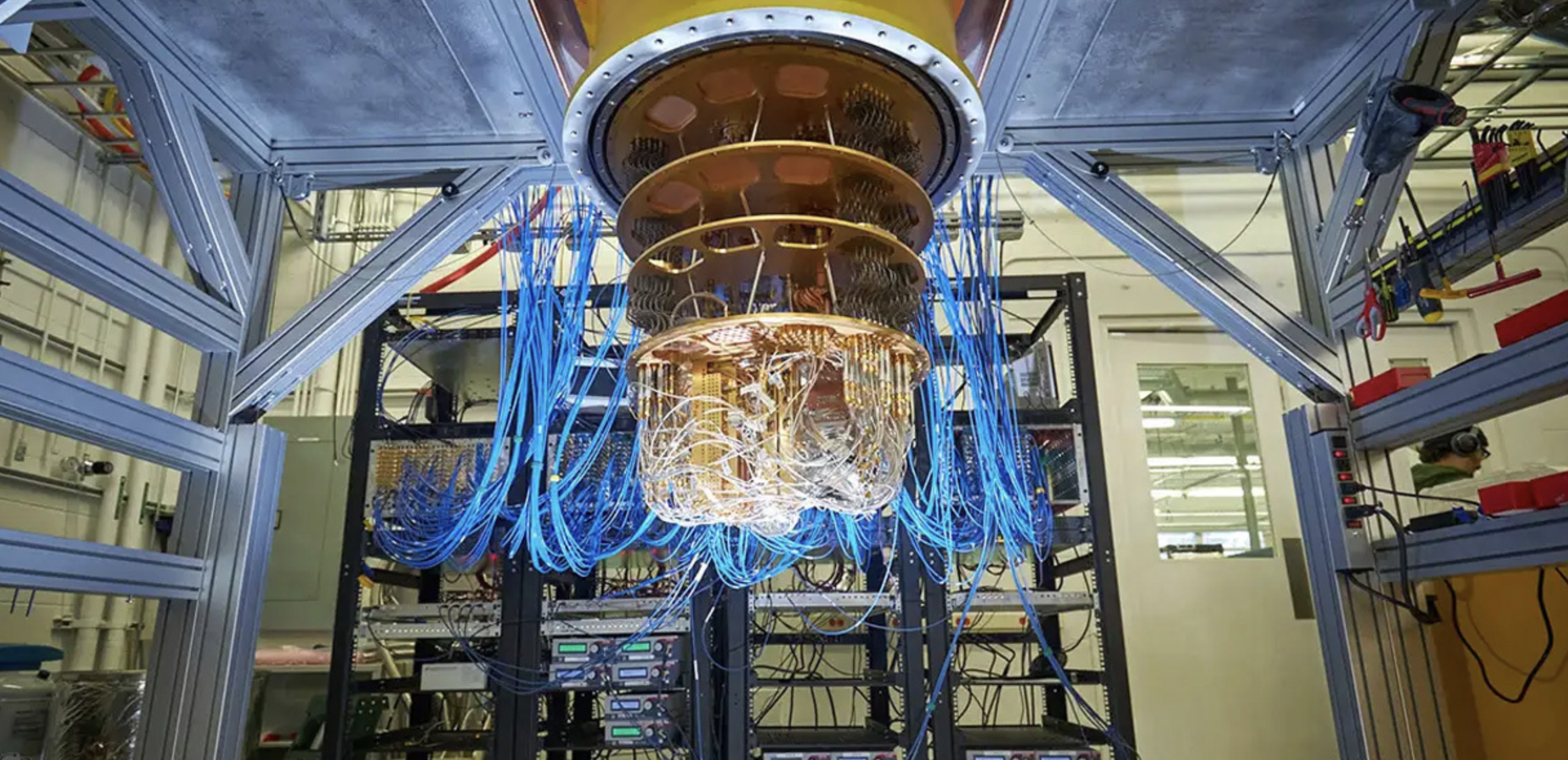India, which is currently world’s most populous country and population per se, has always been a topic of concern for the nation. However, as per a new report, the country shall soon find itself a sweet spot wherein it would add 179 million people to its working age population by year 2045.

A Rising Working-Age Population and Increasing Female Labor Force Participation
This would significantly boost the economic growth especially in the light of the same age factor being unfavourable for other countries like China etc. As we speak, India’s with its working-age population of around 961 million, has least unemployment rate in last 5 years.
As per the global investment firm Jefferies, the working age population (age 25-64) of India is rising as a proportion of the total population which would further be positive indicator for savings and investment.
Alongside demographics, a rise in the Labour Force Participation Rates (LFPR) of females has started in India which will be among a key driving force for expansion of the labour force.
In its latest note, Jeffries said that the Labour force addition is expected to slow to 6 million by 2030 but the gap should be filled by the shift from agriculture jobs.
Rising LFPR and Employment Growth
As per the data released by the Ministry of Statistics in August, the LFPR in India’s urban areas among persons aged 15 years and above has increased from 48.8 per cent during April-June 2023 to 50.1 per cent in April-June this year, which is reflective of the increase in employment in the country.
When we have a look at the same indicator for females then it is improving as well, the number stood at 23.3 % during April-June 2023 whereas the same number is 25.2% during this year.
There are positive patterns to the Worker Population Ratio (WPR) as well and the same went up in urban areas among persons aged 15 years and above from 45.5 per cent during April-June, 2023 to 46.8 per cent in April-June, 2024.
As per the data by RBI, there has been a total increase of 17 crores in the employment which took the number from 47.15 crore in 2014-15 to 64.33 crore in 2023-24.












